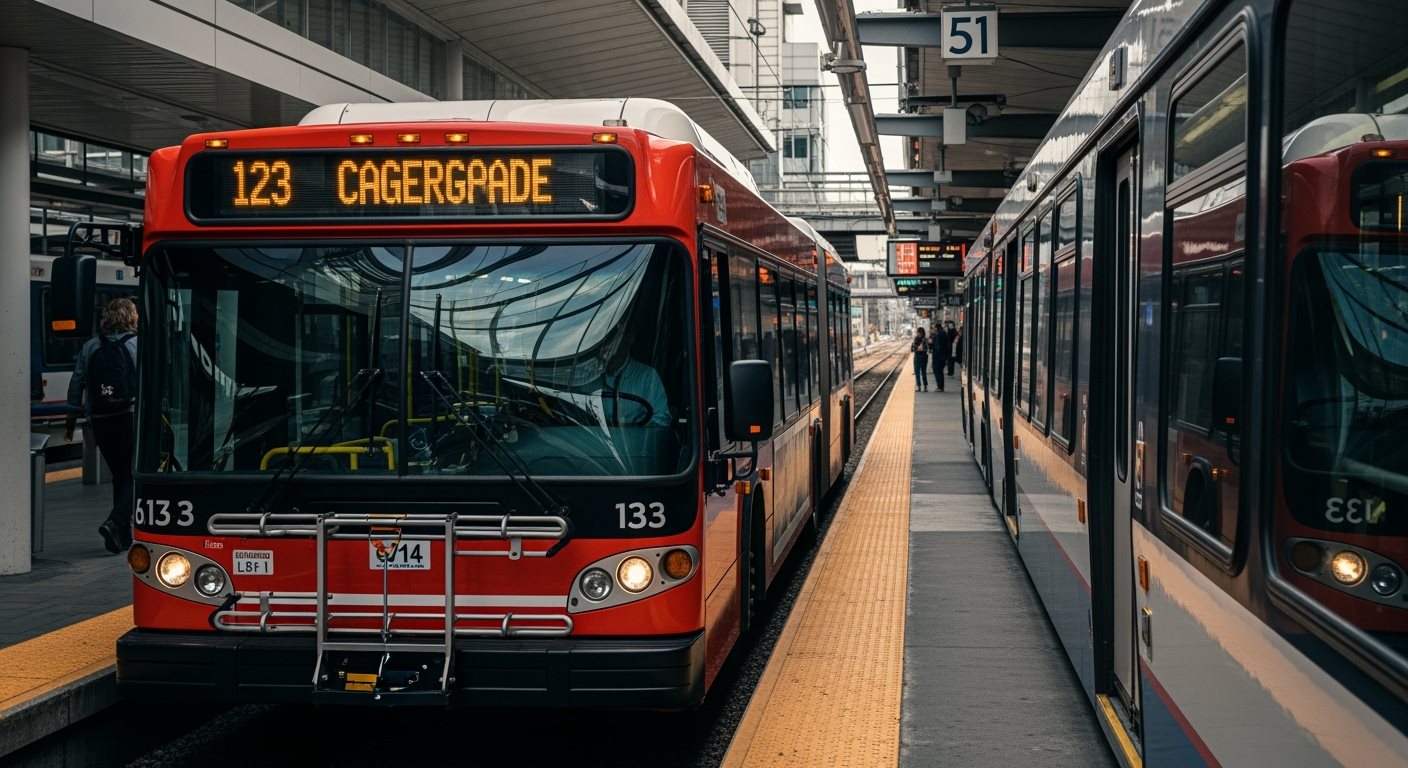Canada's **vast landscape and well-developed infrastructure** offer travelers numerous transportation options to explore this beautiful country. Whether you're planning to visit bustling cities like Toronto and Vancouver or venture into remote wilderness areas, understanding Canada's transportation system is crucial for a successful trip.
From **efficient public transit networks** in major urban centers to **scenic train routes** that cross the continent, Canada provides diverse ways to travel that cater to every budget and preference.

Mastering Public Transportation in Canadian Cities
Canada's major cities boast **world-class public transportation systems** that are both efficient and affordable. Toronto's TTC (Toronto Transit Commission) operates one of North America's largest transit networks, featuring subways, streetcars, and buses that connect every corner of the Greater Toronto Area.
Vancouver's **TransLink system** includes SkyTrain, buses, and SeaBus services, offering seamless connectivity throughout Metro Vancouver. Montreal's STM provides extensive metro and bus coverage, while Calgary and Edmonton feature **modern LRT (Light Rail Transit) systems** complemented by comprehensive bus networks.
Most Canadian cities use **integrated fare systems** that allow transfers between different modes of transport. Consider purchasing **day passes or weekly passes** if you plan to use public transit frequently, as they often provide significant savings compared to individual fares.
Many cities also offer **mobile apps** that provide real-time schedules, route planning, and digital payment options, making navigation easier for visitors.
Car Rentals and Driving in Canada
Renting a car in Canada opens up **endless possibilities for exploration**, especially when visiting national parks, smaller towns, or rural areas where public transportation may be limited. All **major international car rental companies** operate in Canada, with locations at airports, downtown areas, and hotels.
To rent a car, you'll need a **valid driver's license** from your home country (international driving permits are recommended for non-English licenses), a credit card, and must be at least 21 years old (some companies require drivers to be 25).
Canadian driving rules are similar to those in the United States, with traffic moving on the right side of the road. **Speed limits are posted in kilometers per hour**, and distances are measured in kilometers.
**Winter driving conditions** can be challenging, especially in northern regions and mountainous areas, so consider renting a vehicle with all-wheel drive or winter tires if traveling between November and March. Always carry **emergency supplies**, including warm clothing, food, water, and a first-aid kit when driving long distances.
Long-Distance Travel: Trains, Buses, and Flights
For long-distance travel across Canada, you have several excellent options. **VIA Rail Canada** operates passenger train services connecting major cities, with the iconic **"The Canadian" route** offering a spectacular journey from Toronto to Vancouver through the Canadian Rockies.
This **three-day journey** provides comfortable accommodations and dining cars while showcasing some of Canada's most breathtaking scenery. For shorter distances, VIA Rail connects cities in the Quebec-Windsor corridor and the Maritimes.
**Greyhound and other bus companies** provide affordable intercity transportation, though service has been reduced in recent years. For covering vast distances quickly, **domestic flights** are often the most practical option.
**Air Canada, WestJet, and Porter Airlines** offer extensive domestic networks connecting all major cities and many smaller communities. Book flights well in advance for better prices, and consider that weather delays are more common during winter months.
Regional airlines serve remote communities, particularly in northern Canada, where they may be the only year-round transportation option.
